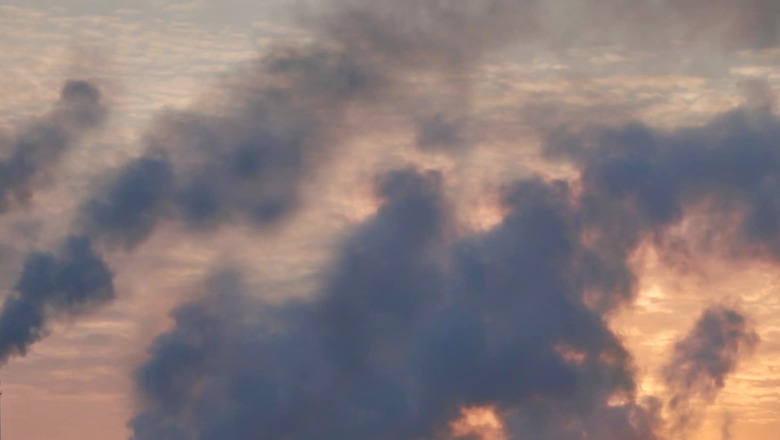
views
Global warming can affect hurricanes, in part because a warmer ocean provides more energy to fuel them. But it is not the only factor in play: A study released Wednesday confirms that, for the frequency of hurricanes, the effects of particulate air pollution are even greater.
Over the past four decades, the new research shows, the decline in pollution in the form of tiny aerosol particles from transportation, energy production and industry in North America and Europe was responsible for the increased numbers of hurricanes and other tropical cyclones in the North Atlantic.
Over the same period, increasing pollution from the growing economies of India and China had the opposite effect, reducing hurricane activity in the western North Pacific, the study found.
A growing body of research has shown links between tropical cyclones and global warming.
The new study looked at the numbers, not the strength, of these kinds of storms. Its author, Hiroyuki Murakami, said it shows that reducing or increasing anthropogenic aerosols “is the most important component” affecting frequency.
In recent decades, aerosol pollution has declined, perhaps by as much as 50%, in North America and Europe as a result of laws and regulations that reduce emissions from sources like vehicles and power plants. Hurricane seasons in the North Atlantic over roughly the same period have been more active, with a greater number of storms, than in previous decades.
In the North Atlantic, Murakami found, the decline in aerosols led to warming that had two effects on tropical cyclones. First, less pollution resulted in more ocean warming, which meant there was more energy for storms to form.
The pollution decline led to warming of the land as well, and the combined warming affected atmospheric circulation, weakening winds in the upper atmosphere. That in turn led to less wind shear, the changes in wind speed and direction that can affect how cyclonic storms develop. Less wind shear meant that storms formed more readily.
Murakami’s simulations showed a different mechanism at work in the Pacific. There, he found, increasing aerosol pollution, largely from China and India, led to cooling of the land surface. This reduced the temperature difference between the land and ocean, weakening the monsoonal winds that develop there. That, in turn, led to fewer tropical cyclones, including typhoons, the Pacific equivalent of hurricanes.
Read all the Latest Explainers here



















Comments
0 comment